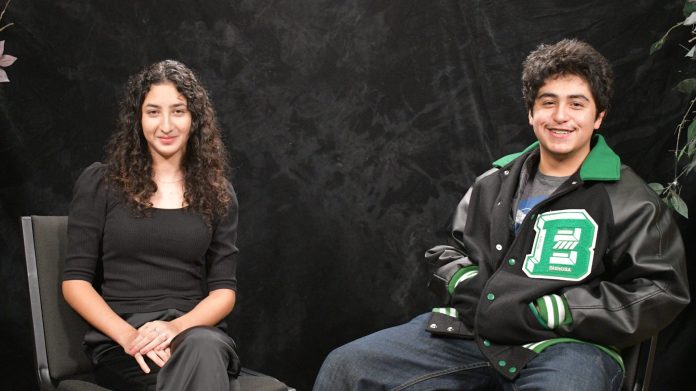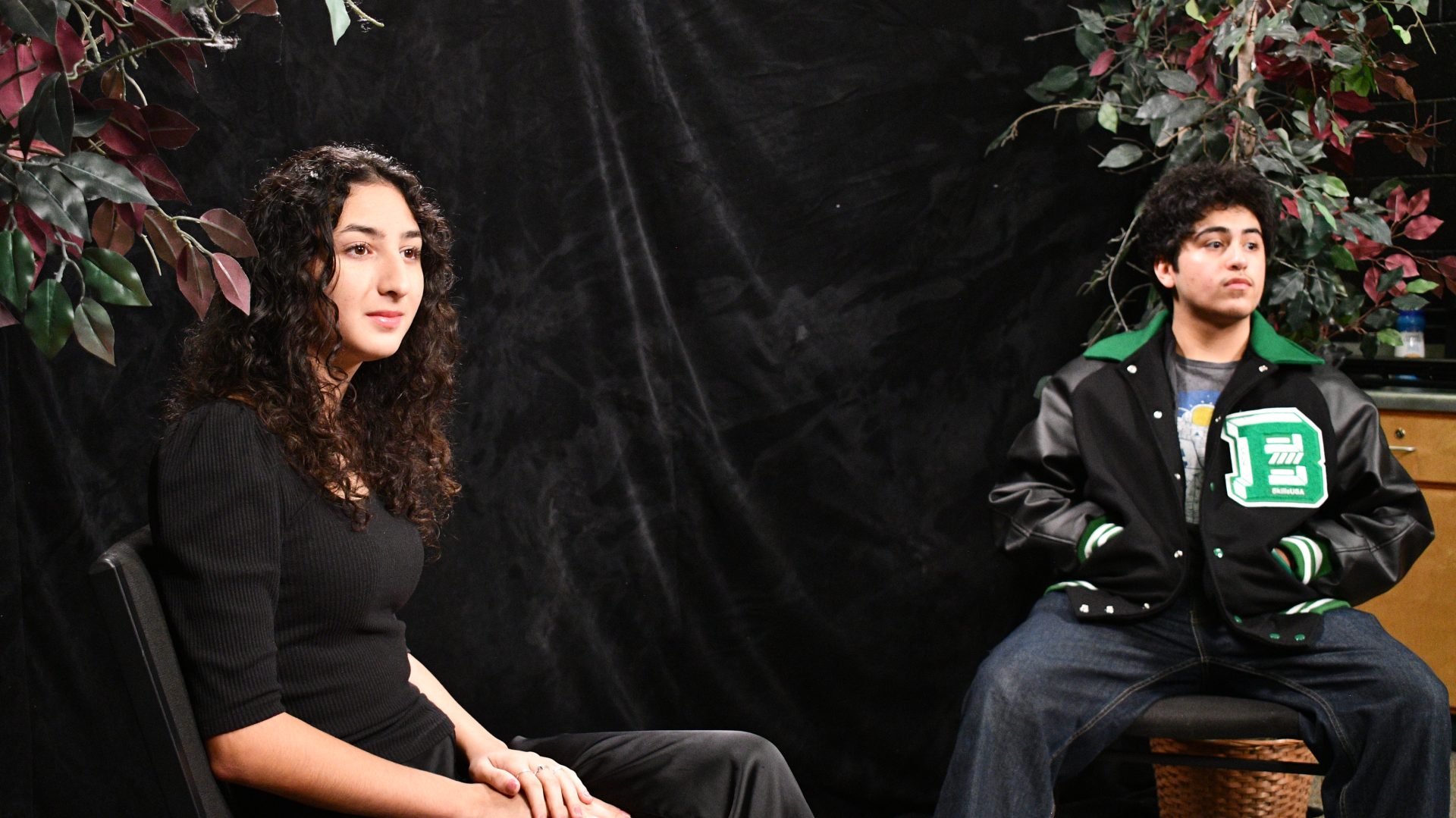
|
Only have a minute? Listen instead
Getting your Trinity Audio player ready...
|
Two students at Pace Early College High School will present research they conducted last summer at the University of Texas at Austin to the American Geophysical Union at a conference in San Francisco on Dec. 14.
With the help of the South Texas Astronomical Society, or STARS, Viviana Novelo and Jorge Hernandez were able to participate in the NASA STEM Enhancement and Earth Science Internship at UT-Austin.
“A big part of our mission at STARS is to connect students to opportunities in STEM; helping students with NASA internships like this one is a perfect example of what we are trying to accomplish,” STARS Executive Director Victor De Los Santos said.
Novelo was a part of the Texas Atmospheric and Space Research: High Altitude Ballooning group and Hernandez was a part of the Nationwide Eclipse Balloon Project under the NASA SEES Eclipse Payload group, STARS said in an email to The Brownsville Herald.
Novelo and Hernandez talked about their internships and upcoming presentation to the AGU in an interview Tuesday morning with the Herald.
“Everybody’s research at this internship was different. Because mine focuses so much on climate change I was able to get a better perspective of what that actually meant,” Novelo said.
“It was part of the eclipse team’s job to create the payload and then it was the high-altitude ballooning team’s job to actually send it in the air and collect data from it. So it was like a two-in-one type of project where they had more of the engineering aspect of it and we had the more data collection, analyzing and processing part of it,” she added.
Hernandez said the engineering aspect was very hands on.
“We built everything from scratch. We had no real guidance. Even our mentor was kind of occupied. We built everything from scratch from raspberry pie boards to camera sensors and we had to order parts,” he said, using a slang term for computer board.
“With it we would connect the camera along with other sensors we would be using. It was an experience I’ve never felt before,” he said.

Novelo said climate change affected a lot of the research the students were trying to do.
“So our balloons wouldn’t reach the altitude that we needed them to because of how hot it was. Our satellites were kind of faltering. Our technical equipment was also kind of faltering,” she said.
“It’s a little bit shocking. It’s a little bit concerning, because the scientists can’t do research on climate change and its effects. It really kind of puts it into perspective how much we’re not paying attention to what is happening in our atmosphere on Earth, so hopefully when I go and present my research along with my partners at AGU, we’ll be able to explain that better because scientists need their equipment to be able to research and if their equipment is faltering because of our own cause then it’s a trail going downwards,” she said
Novelo characterized the internship, which took place over two weeks in mid-July, as interactive and collaborative.
“We kind of walked around with each other’s groups and taught each other things … It wasn’t like everybody was on their own. It was more of a collaborative effort between the groups since the teams were so interconnected so it was just more of a learning experience for everybody. It was very collaborative, very integrated,” she said.
The internship gave the students the option of presenting an abstract of their findings via a Zoom meeting or live and in person. Novelo and Hernandez chose the later.



